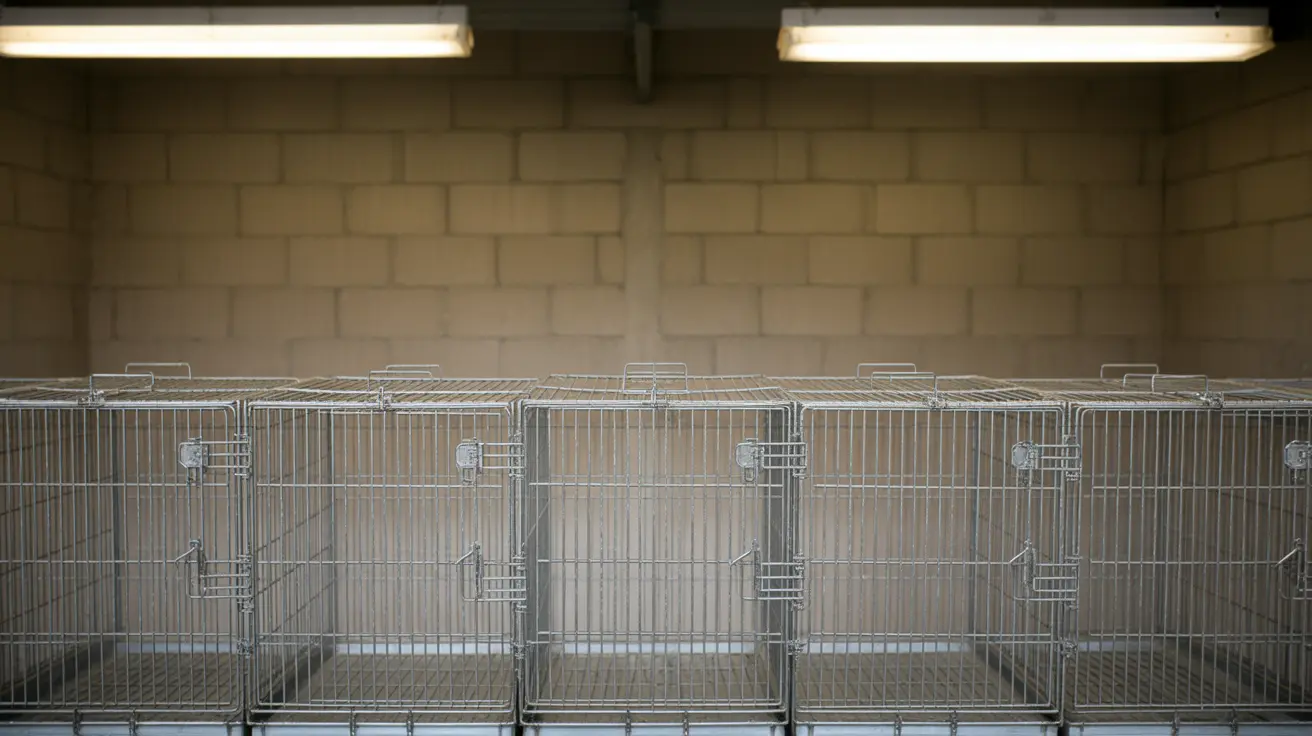How to Feed Your Cat for Optimal Health
Feeding your cat properly is one of the most critical factors in maintaining their overall health and well-being. Cats are obligate carnivores, requiring a diet rich in animal-based proteins. The best feeding strategy balances nutrition, portion control, hydration, and environmental enrichment. Here’s how to ensure you’re feeding your feline friend the healthiest way possible.
Types of Feeding Methods
- Meal Feeding: Set meals at specific times of day. Suitable for both canned and dry foods.
- Free Feeding: Dry food is available 24/7; wet food is not appropriate for this method.
- Combination Feeding: Timed meals of wet food along with continuously available dry food.
Each approach has its pros and cons, and it’s essential to select the one that best suits your cat’s lifestyle, health needs, and household environment.
Meal Feeding: Portion Control and Monitoring
Meal feeding allows precise monitoring of food intake, helping you detect appetite fluctuations—an early sign of illness. It reduces the risk of overeating and obesity and allows fair access to food in multi-cat homes. Adult cats thrive on one to two meals per day, while kittens may need up to three meals.
Free Feeding: Convenience with Caution
Free feeding suits busy schedules and allows cats to graze as they choose, but it raises the risk of obesity. Dry food should be pre-measured daily to control intake and maintain freshness. In multi-cat homes, this method makes it hard to monitor individual intake. Using feeding puzzles can slow down eating and mentally stimulate your cat.
Combination Feeding: The Best of Both Worlds
This method offers dry food throughout the day along with scheduled wet food meals. It provides the hydration benefits of canned food and the convenience of dry food. However, it requires thoughtful portion management to prevent overfeeding.
Feeding Guidelines by Life Stage
- Kittens: Require more frequent meals (3–4 times daily), preferably meal-fed to avoid early obesity risks.
- Adult Cats: Typically need 1–2 meals per day; adjust based on activity level.
- Senior Cats: May need tailored schedules and frequent monitoring for appetite and weight loss.
Food Selection: What to Look For
Always choose food labeled as “complete and balanced” for your cat’s life stage. Look for animal proteins like chicken or tuna as the first ingredients. Avoid foods with excessive fillers, by-products, or artificial additives.
Wet vs. Dry vs. Semi-Moist Food
- Dry Food: 6–10% moisture; good for free feeding if stored properly.
- Semi-Moist Food: About 35% moisture; palatable but can dry out when exposed to air.
- Wet Food: At least 75% moisture; more hydrating and often preferred by picky eaters.
Safe Feeding Environment
Cats prefer eating in quiet, stress-free environments. Use shallow, wide dishes to prevent whisker fatigue and place bowls in visually open areas for a sense of safety. In multi-pet households, separate feeding zones help reduce food guarding and anxiety.
Hydration is Key
Cats often don't drink enough water. To enhance hydration:
- Offer wet food regularly.
- Use water fountains to encourage drinking.
- Place multiple bowls of clean water throughout the home.
Weight Management
Obesity in cats can lead to joint issues, diabetes, and liver problems. Monitor your cat’s weight regularly and consult your veterinarian for proper caloric needs. Use measuring cups for feeding and avoid free-choice feeding in overweight cats.
Treats and Food Safety
- Limit treats to no more than 10–15% of daily calories.
- Avoid toxic foods like onions, garlic, grapes, raisins, raw meat, and milk (most cats are lactose intolerant).
Homemade Diets and Supplements
Home-prepared diets are not recommended unless guided by a veterinary nutritionist. They are challenging to balance correctly and may lead to deficiencies.
Monitoring and Veterinary Support
Feeding routines help cats adjust to new foods or medications and allow easy tracking of health changes. Always consult with your veterinarian before switching diets or feeding methods, especially if your cat has special medical needs.
Summary: Choosing the Healthiest Feeding Method
The best way to feed your cat depends on their age, activity level, health status, and environment. For most cats, meal feeding with high-quality balanced food and proper hydration is the optimal choice. Combination feeding can also work well when managed carefully. Avoid free feeding unless portion control is strictly maintained. Always monitor weight and behavior and consult a vet as needed.





